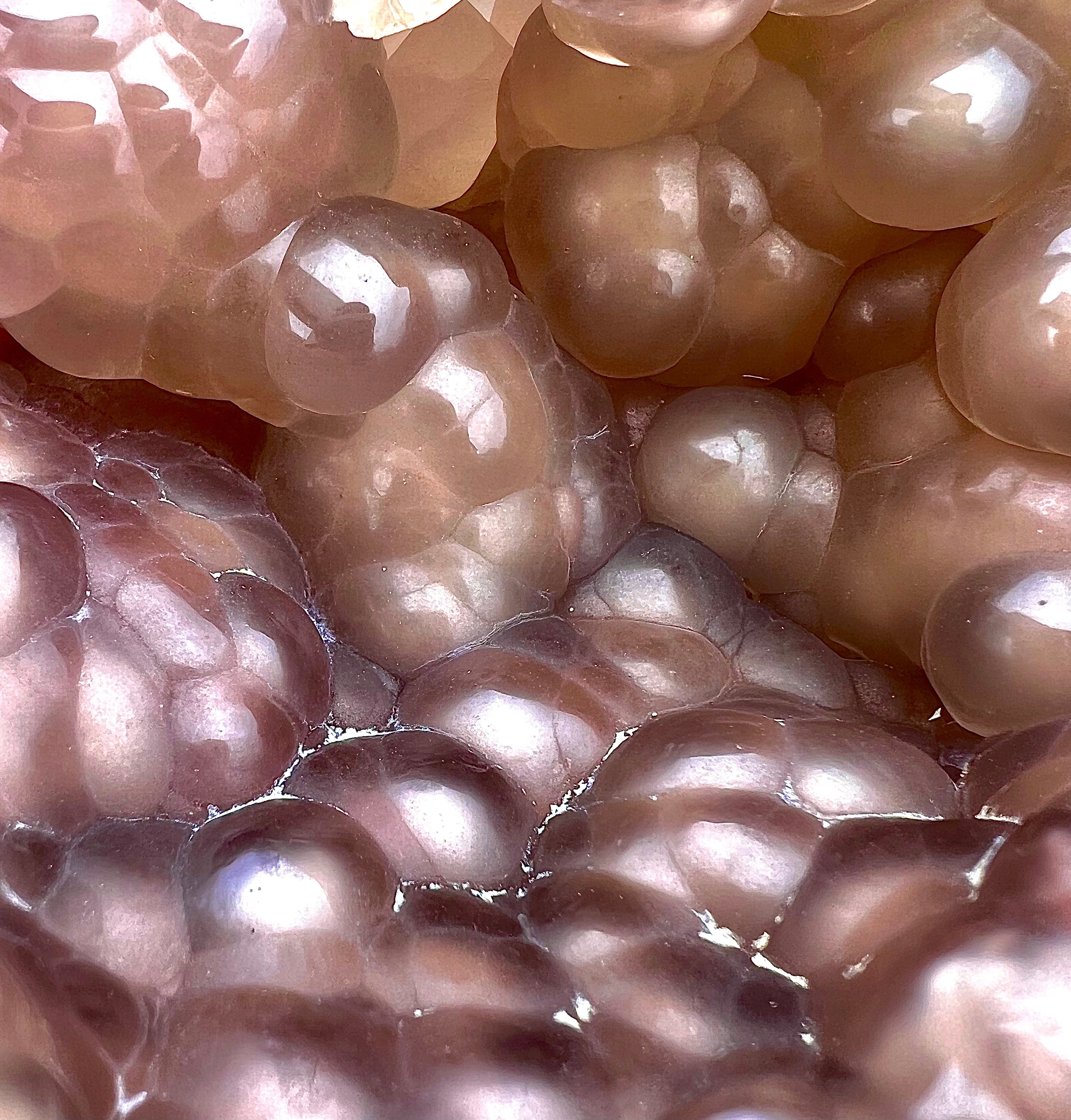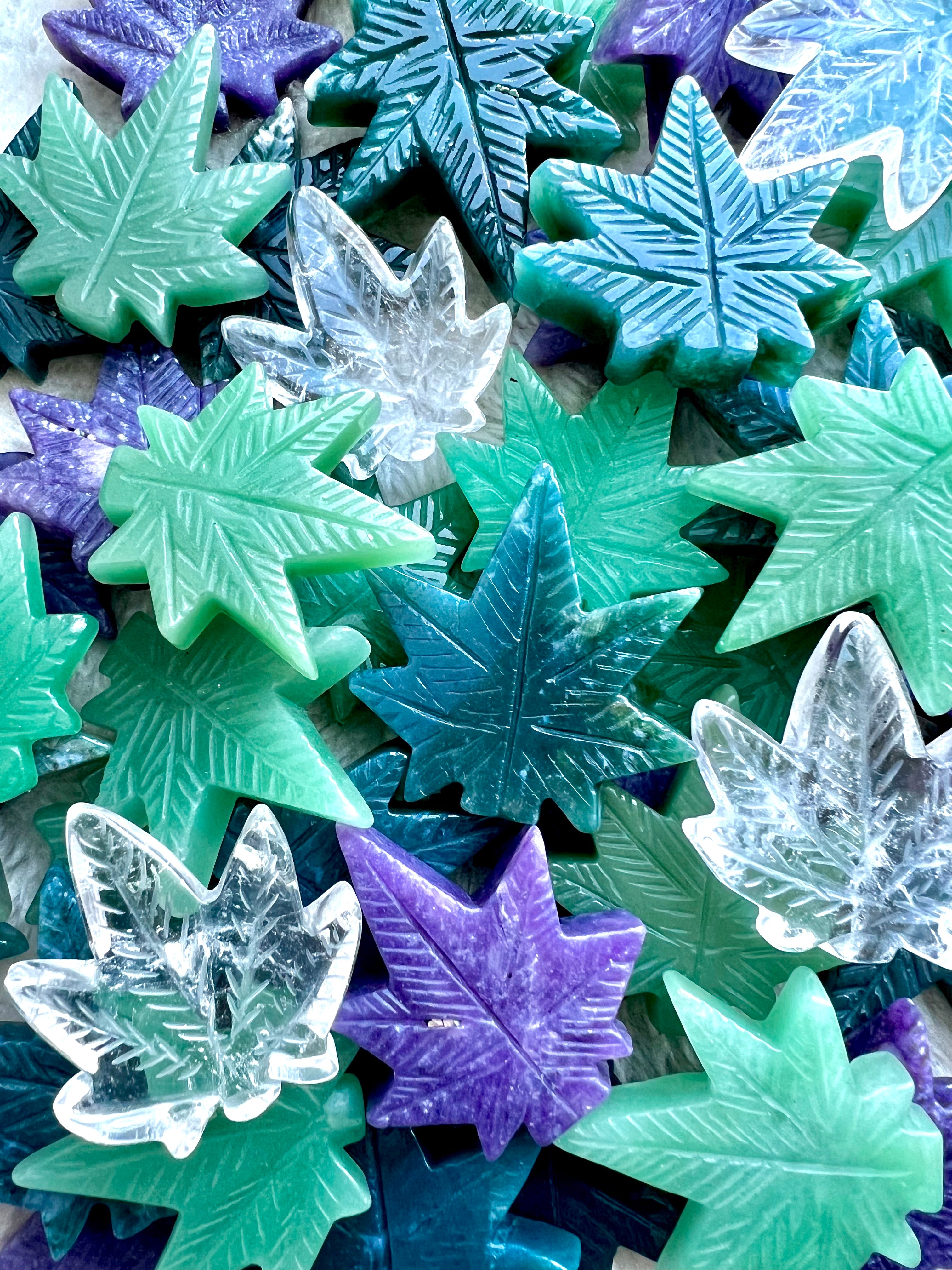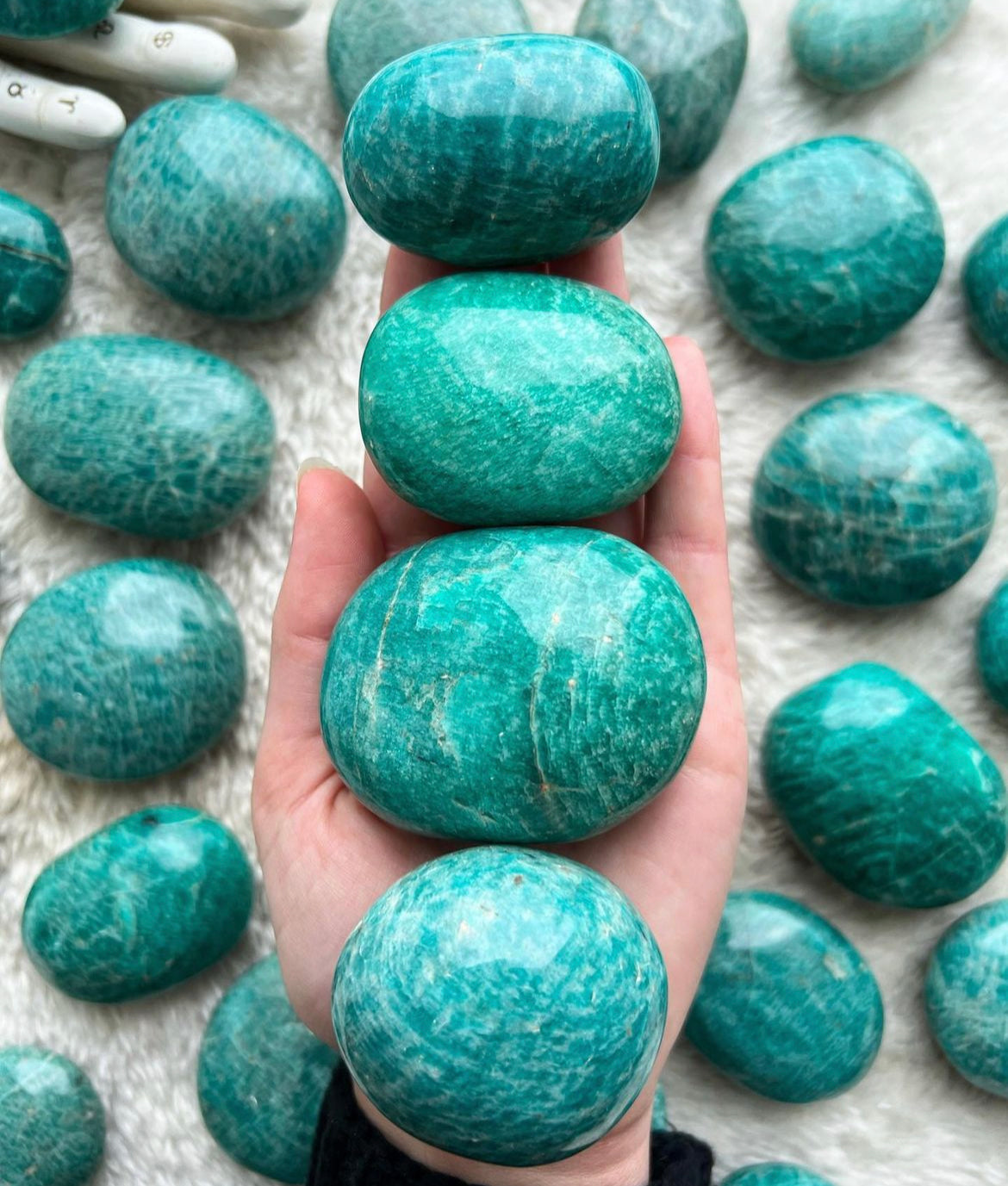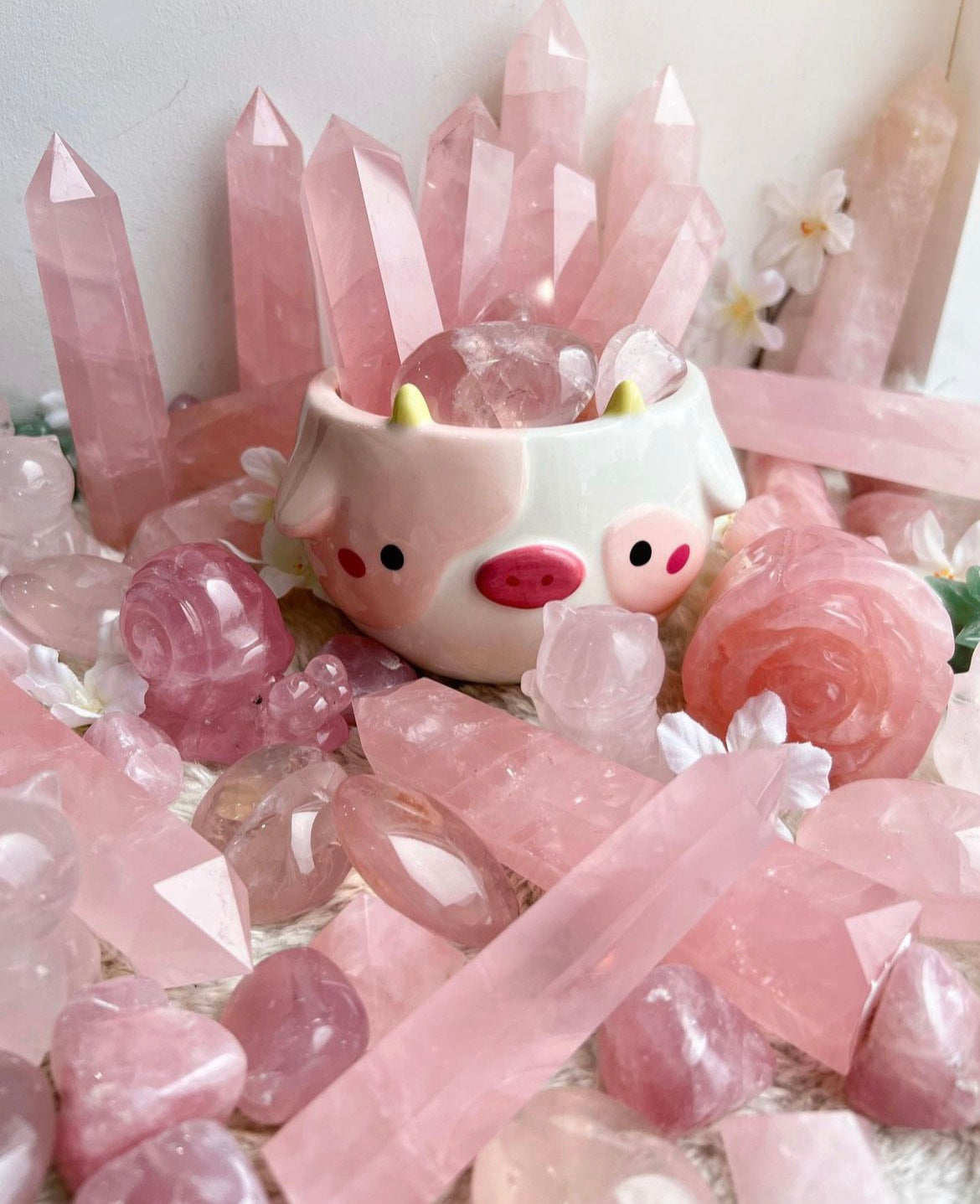Botryoidal Crystals: Say What?!

Botryoidal crystals are a type of mineral formation that has a rounded, bumpy surface that resembles a cluster of grapes. The name “botryoidal” is derived from the Greek word “botrys,” which means “cluster of grapes.”
Pronunciation of the word “botryoidal” is somewhat tricky. The correct pronunciation is “boh-troy-dl” with emphasis on the second syllable. The “d” is pronounced softly, and the “l” at the end of the word is silent.
Botryoidal crystals are formed by the slow deposition of mineral materials around a central nucleus. As more and more material is added, the surface becomes rounded and bumpy, like a cluster of grapes. The mineral material can come from a variety of sources, including water, volcanic gases, or mineral-rich solutions. The formation process can take millions of years.
Many different types of minerals can form botryoidal crystals. Some of the most common include:
-
Chalcedony: This is a form of quartz that often forms botryoidal clusters. It can be found in a wide range of colors, including white, gray, blue, pink, and brown.
-
Malachite: This green mineral is known for its distinctive banding and often forms botryoidal formations. It is a copper carbonate mineral that is often found in association with other copper minerals.
-
Hematite: This iron oxide mineral is known for its metallic luster and deep red color. It often forms botryoidal formations and is an important ore of iron.
-
Azurite: This blue mineral is a copper carbonate mineral that often forms botryoidal clusters. It is often found in association with malachite.
-
Fluorite: This mineral is known for its wide range of colors and often forms botryoidal formations. It is a calcium fluoride mineral that is often found in association with other minerals.
Botryoidal crystals can be found in many different locations around the world. Some of the most famous locations include the Keweenaw Peninsula in Michigan, where copper minerals such as malachite and azurite are found, and Morocco, where beautiful botryoidal formations of chalcedony are often found.
Botryoidal crystals are formed by the same mineral components as other crystals, and they have similar chemical compositions and crystal structures. However, their unique shape and formation process can sometimes result in different properties than other crystal formations.
For example, botryoidal formations can have a higher density than other crystal formations due to their compact structure, which can affect their vibrational frequency and energy output. The bumpy, rounded surface of botryoidal formations can also cause light to refract differently than in other crystal formations, resulting in a unique play of color and energy.
In terms of metaphysical properties, botryoidal formations are believed to have a unique energy signature due to their rounded, nurturing shape. They are associated with the energy of abundance, growth, and fertility, as their shape resembles a cluster of grapes or a budding plant. Botryoidal formations are said to promote emotional and spiritual growth, help to release negative emotions and traumas, and enhance creativity and intuition.
Different types of botryoidal formations may also have different properties based on the mineral they are composed of. For example, malachite, a green copper mineral often found in botryoidal formations, is known for its ability to absorb negative energy and protect against electromagnetic pollution. Hematite, another mineral that commonly forms botryoidal formations, is believed to help ground and stabilize energy, promote courage and strength, and enhance focus and concentration.
It is important to note that while these properties are often attributed to botryoidal formations, they are not scientifically proven and should be used in conjunction with conventional medical treatment. The properties of any crystal or mineral are also highly subjective and can vary based on the individual using them and the specific context in which they are used.
In conclusion, botryoidal crystals are a type of mineral formation that is formed by the slow deposition of mineral materials around a central nucleus. They can be found in a variety of minerals, and while their unique shape and formation process do not necessarily result in different chemical properties than other crystal formations, they can have a different energy signature and metaphysical properties due to their rounded, nurturing shape.
Botryoidal formations are often associated with abundance, growth, and fertility, and different types of botryoidal formations may have additional properties based on the minerals they are composed of. While these properties are not scientifically proven, they can be used in conjunction with conventional medical treatment as part of a holistic approach to health and wellness. As with all crystals and minerals, the properties of botryoidal formations are subjective and can vary based on the individual using them and the specific context in which they are used.
Written by Earthly Secrets A.I.




Leave a comment